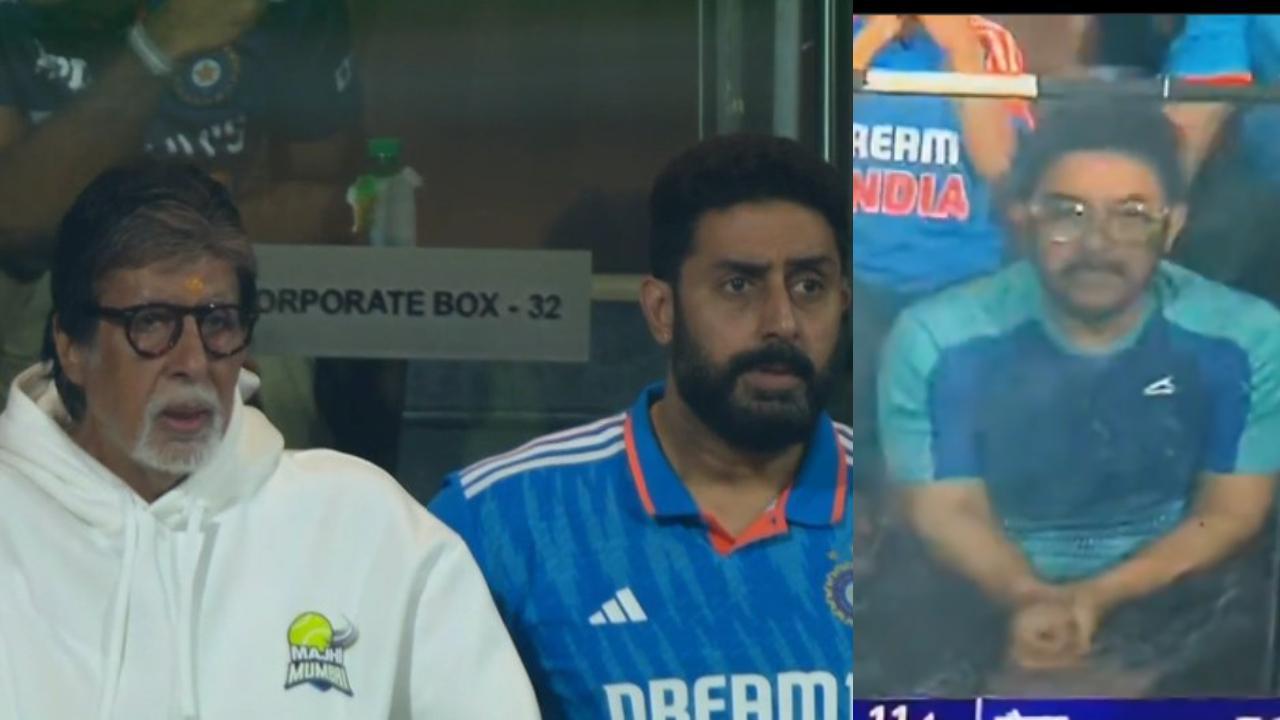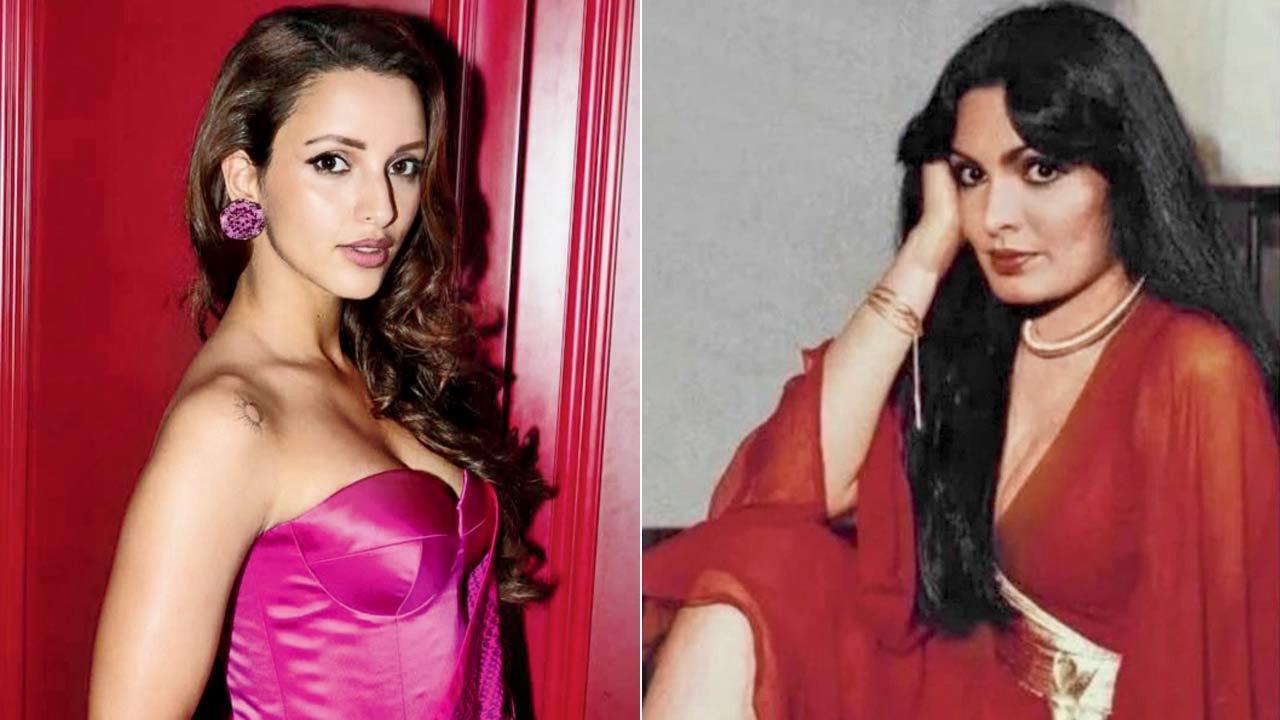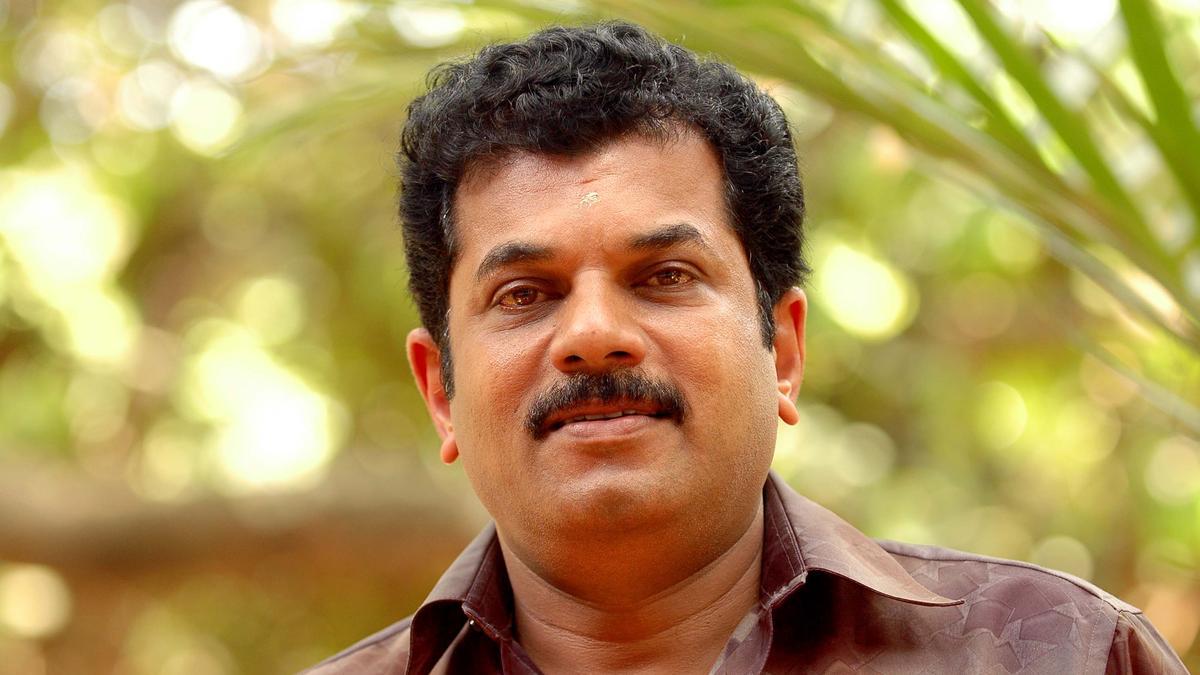
In the realm of classical music, transcending the summit of success and continuing to hold sway over it epitomizes the truest form of artistic mastery. Carnatic vocalists Ranjani and Gayatri have been manifesting this truth, reigning at the pinnacle for over a decade with their enchanting renditions. Their ceaseless quest for perfection and enhancement of their classical repertoire was recently evident at their sublime concert for the Music Academy. This recital not only showcased their scholarly and energetic command over music but also illuminated their conscious shift towards integrating a sense of ease and a moderated tempo into their performances—a strategy akin to seasoned fast bowlers who prioritize skill over speed, bringing in variations that add a new dimension to their art.
Their sapient maneuver of incorporating ‘sowkhyam,’ an aesthetic touchstone of Carnatic music encapsulating tranquility and repose, was first apparent in the piece ‘Ekadantam bhaje ham’ set in the ragam Bilahari by Dikshitar. The rendition was a delight, subtly seasoned with swaras that teased the audience’s musical palate. Another standout was their interpretation of Pantuvarali raga, elevated by Ranjani’s exquisite phrases with a touch of Panchama varjam, imparting its melody with a flourish of Hindustani flair.
Ranjani and Gayatri’s vast repertoire brims with meticulously polished compositions, offering a unique and engaging listening experience. This time around, their concert featured a Thiruarutpa of Ramalinga Adigalar, ingeniously set to music by their mentor, P. S. Narayanaswamy. The captivating piece was rendered in Adi, tisra nadai, mirroring the lyrical nuances embedded within ‘Panniru kan malar malarntha kadale,’ and further adorned with PSN’s elaborative laya-laced chittaswaras.
Further down the line-up, the mellifluous ‘Kandu kandu’ in Kamboji by Purandaradasa was presented with tenderness, and even the usually rapid ‘Vijayambike’ in Vijayanagari by Muthiah Bhagavathar was delivered without excess fervor, resonating with the sisters’ conscious recalibration of speed.
A profound alapana of Bhairavi laid the groundwork for a solemn atmosphere, the violinist and vocalists synergizing to create a spellbinding environment. The subsequent ‘Thanayuni brova’ by Tyagaraja was adorned with enchanting swaras that breathed life and vibrancy into the concert.
The ambitious RTP in Nalinakanti was yet another testament to the duo’s virtuosity, featuring a beautifully executed thanam, an artistic pallavi in Adi with tisram on the thattu, and an expansive multi-raga swara passage by Gayatri. However, the swiftness of the raga transitions seemed to curtail the full expression of each raga’s identifying phrases, a tradeoff for their innovative creative approach recently infused into their concerts.
Ensuring a collaborative harmony with their accompanying artists, Ranjani and Gayatri extended due respect and creative space to the instrumentalists sharing the stage. On this occasion, violinist M. Rajeev’s accelerated musical growth shone through, especially in the raga alapana segments. Punctuated by the engaging tani avartanam with Manoj Siva (mridangam) and Chandrasekara Sharma (ghatam), the percussion interlude was flashy yet tastefully contained.
Even as the concert approached its finale, the sisters could not forsake the tradition of rendering an abhang, which ensued despite the advancing hour. This ability to maintain and introduce evolving standards in their music is what distinguishes Ranjani and Gayatri as trailblazers in the classical music realm. Their concerts are not just performances but a deeper engagement with the essence of Carnatic music, striving for a presentation that captures the rich nuances and the soul of the compositions they choose. As they continue to weave a more balanced tempo into their artistic fabric, it appears that the gauntlet has been thrown down for contemporaries—inspiring other performers to consider integrating a mindful sense of ‘sowkhyam’ into their own musical narratives.










